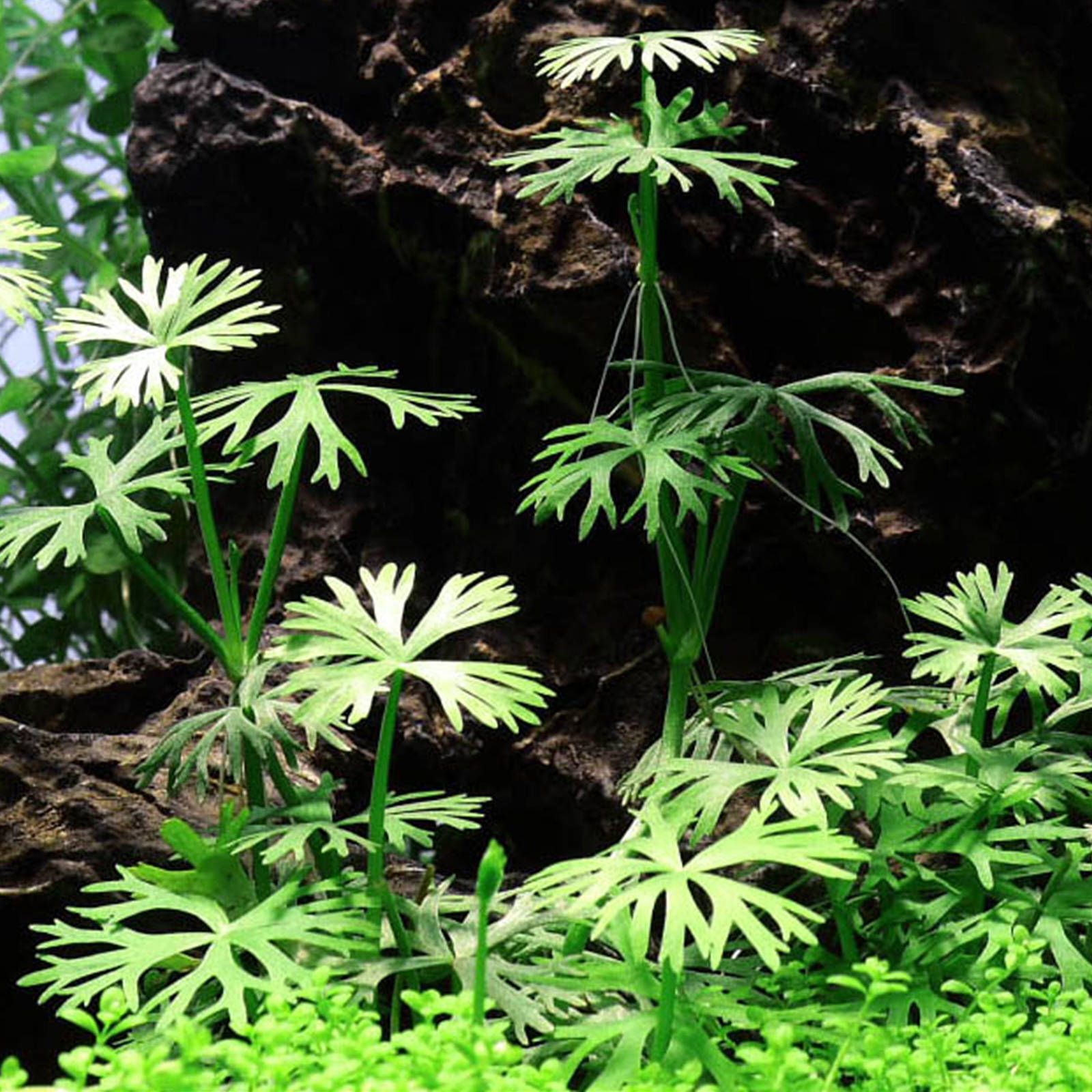Electronic Flora of South Australia species Fact Sheet



Ranunculus Inundatus. Ranunculus Inundatus comes from Australia and becomes 5-10cm tall. There are many species and variants of Ranunculus, which grow coarse and leggy in aquariums. Ranunculus Inundatus is characterised by its compact form and distinguished, deeply cut umbrellas. Ranunculus Inundatus or River Buttercup is one of the few Ranunculus species that grow submerged. If given strong lighting, high co2, and plenty nutrients it will stay compact and bright green. It takes some time to acclimate to new conditions but once the acclimation process is over it will grow very well. Ranunculus inundatus, commonly known as the river buttercup, is a species of buttercup found in eastern Australia. References This page was last edited on 16 April 2021, at 09:30 (UTC). Text is available under the Creative Commons Attribution-ShareAlike License; additional terms. Ranunculus inundatus, or river buttercup, is an amphibic plant originating from south-eastern Australia. There it grows on wet mud or in the waters of ponds and rivers. Ranunculus (buttercup) species are found in many wetlands all over the world, however, R. Inundatus is one of the few that grow submersed, too. Ranunculus inundatus, or river buttercup, is an amphibic plant originating from south-eastern.
Ranunculus Inundatus Pflege
| Family: Ranunculaceae Citation: R. Br. ex DC., Reg. Veg. Syst. Nat. 1:269 (1817). Synonymy: Ranunculus rivularis Common name: River-buttercup. Description:
Published illustration:Cunningham et al. (1982) Plants of western New South Wales, p. 309.
Biology:No text Author:Not yet available | |||||||
Ranunculus Aquatic
| Email Contact: State Herbarium of South Australia |
